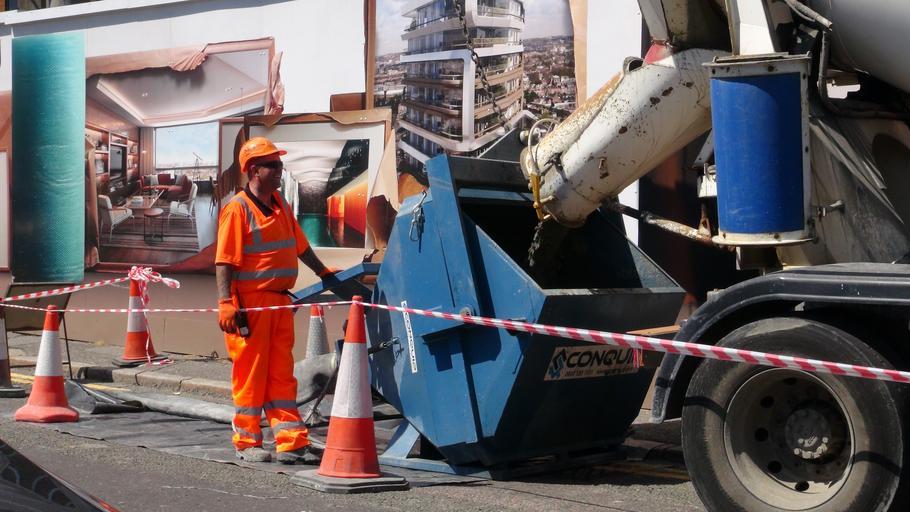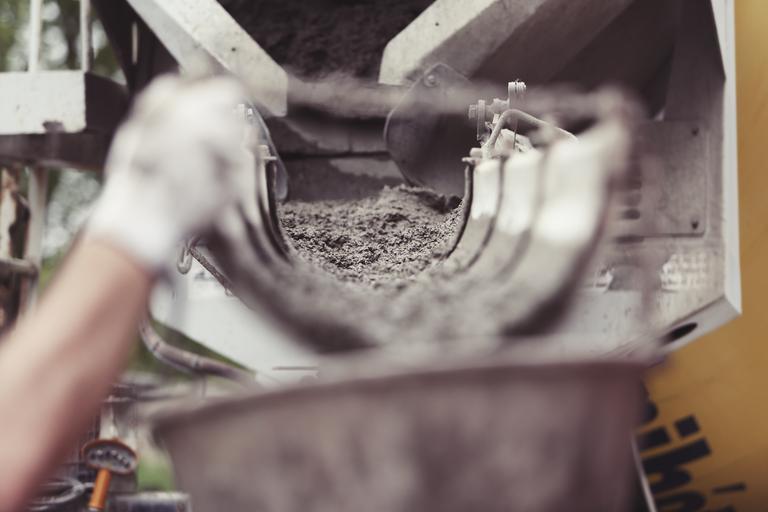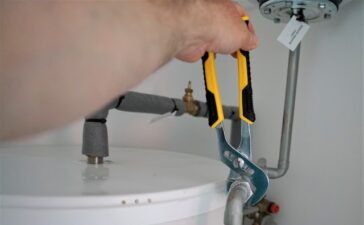Building workers frequently need to drill, core, and cut existing concrete slabs as part of rehabilitation and new construction projects. These slabs usually include components like post-tension cables, rebar, and various kinds of wiring. Knowing what’s inside a concrete slab before you start cutting into it is crucial since damaging them results in repair costs, delays the project, and puts workers’ safety at risk. The most recent method of utility finding, ground-penetrating radar scanning of concrete, has several advantages over the conventional way of employing x-rays. Nevertheless, scanning calls for highly skilled experts who can correctly interpret the findings of a GPR scan. Concrete scanning service requests can also be rapidly handled by scanning professionals, which is handy if you find out you need it at the last minute.

The biggest drawback of using x-rays to find subsurface utilities is that it demands access to both sides of the concrete since one side of the concrete must get the radioactive material while the film is placed on the other. This limitation typically restricts x-ray use to raised slabs. GPR can be used for slab-on-grade concrete, where the concrete was poured directly onto the ground because it only needs access to one side of the structure, concrete scanning Perth utilises additional information to verify whether the interior structure is rebar or a conduit because GPR cannot identify the precise substance inside the concrete on its own. To figure out what each mark means, this method often entails noting the position of each anomaly and analysing the pattern that results.
A series of anomalies, for instance, placed 12 to 18 inches apart is most likely made up of rebar, whereas anomalies, spread further apart at regular intervals, are most likely made up of post-tension cables. Whether the photos display banding or have a uniform consistency, anomalies that are perpendicular to the slab are typically conduits. Additionally, GPR is much quicker than x-rays, particularly for big areas. It takes roughly 10 minutes to scan and mark a two-foot square, which is the normal scanning area. Anomalies can be located with an accuracy of about 14 inches and a depth accuracy of 85 to 90 percent.

When cutting into concrete in commercial settings, it is crucial to accurately discover embedded electrical conduits. In addition to the expense of repairs, faulty electrical systems can cause power outages and endanger workers’ safety. Whether the concrete slab is elevated or at grade determines the precise process for locating conduits. Before drilling or cutting, an elevated slab inspection entails finding the embedded conduit. When performing slab-on-grade scanning, experts frequently seek out a spot where digging contractors can dig a trench to install a water line or another utility. When getting a site ready for redevelopment, GPR scanning is particularly helpful. GPR is used by professionals to find rebar and post-tension cables in concrete, and these locations are then marked on the slab. These markers make assurance that drilling into the concrete won’t jeopardise its structural integrity. Analyzing the contents of a concrete structure requires concrete scanning. This includes details about the rebar, such as its spacing and depth in the concrete, as well as the concrete’s overall thickness. Engineers can now make decisions about the slab with the use of concrete analysis.





